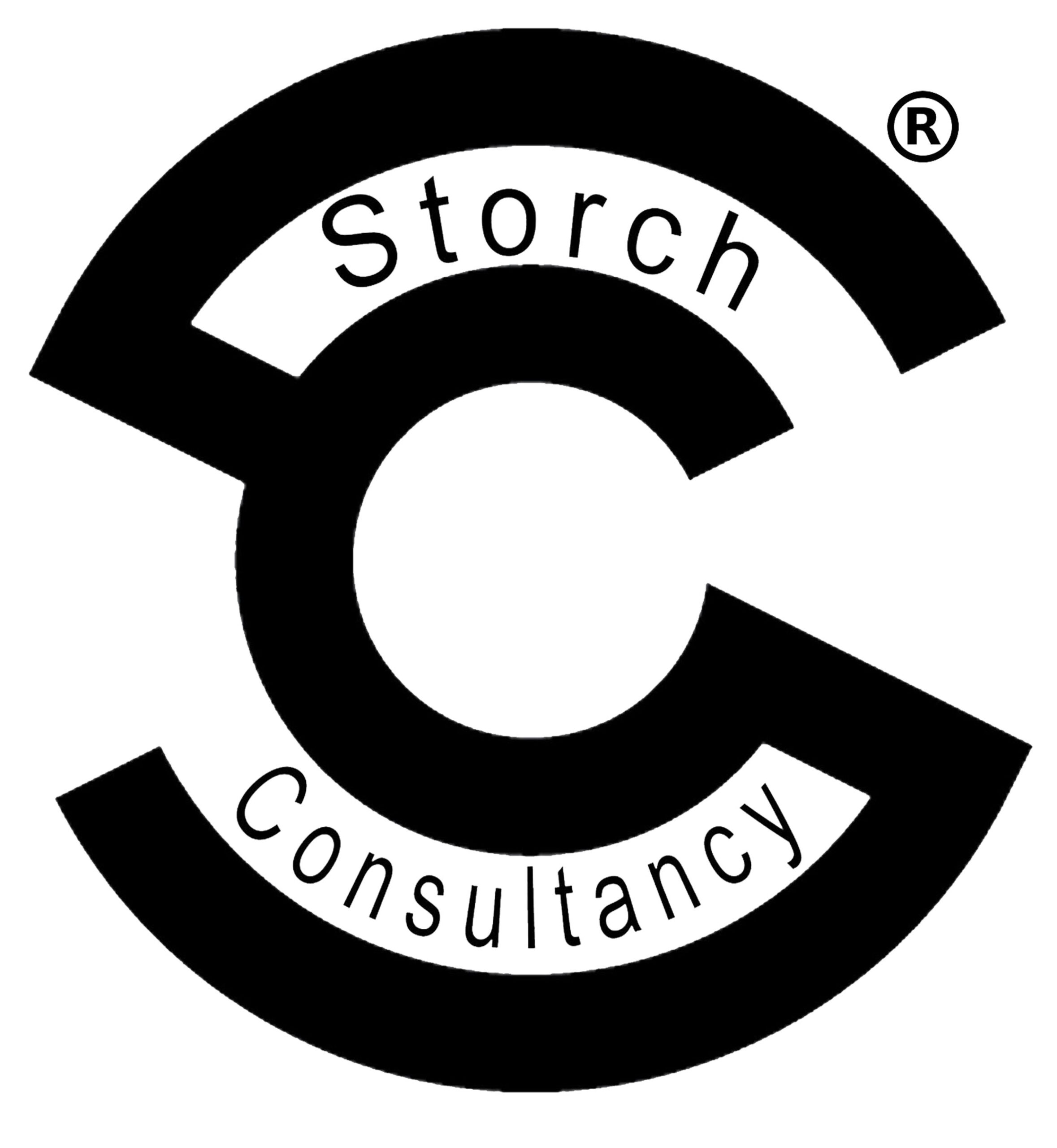- Home
- About Us
- HR Solutions
HR Solutions
HR management can be a game-changing decision for your business. You get the human resource management support you need to help your employees—and your business—grow and succeed. - Business Management Solutions
- Finance Solutions
- International Solutions
- Business Automation
Coming Soon
- Contact Us
Contact Us
Reach out to us and we are ready to help
Menu



